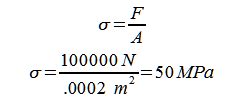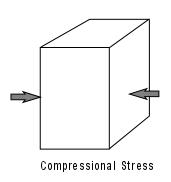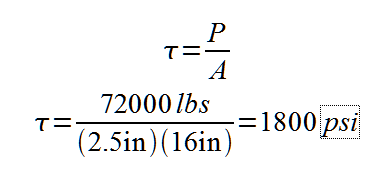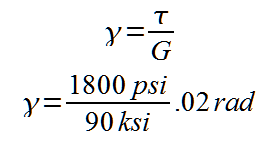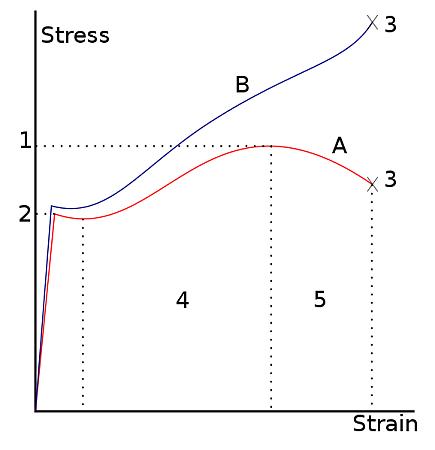Now the purpose of engineering is to balance these properties to fit whatever application you need. Let me provide some examples.
Example 1- A Tupperware
Imagine a regular plastic tupperware container, and now imagine what you want from it. You want it to be flexible so you can snap a lid on, you also don’t want it to crack if you accidentally drop it, but you don’t really care how strong is it is since it’s only going to be supporting the weight of the food. This is exactly what plastic is, tough, flexible but weak. Imagine the same container made of glass including the lid. The lid would never snap on, and if you dropped it it would shatter. Not terribly desired for part that is going to be abused.
Example 2 - Surgeons Scalpel
Surgeon’s scalpels are frequently made of materials like obsidian and ceramic. These materials are stiff and strong but brittle and with good reason. Imagine trying to cut open a heart with a rubber knife, Would you want to be the one on the operating table? A rubber knife would just be too floppy to create the precise cuts a surgeon needs. Likewise a scalpel is so thin that it needs to have a high breaking strength or it would just fall apart. Conversely though the toughness of these scalpels is low but it is not an issue. Surgeons treat their instruments carefully so the impact loading is little to none.
Example Three - Car Body
If you’re like me, and you probably are if you’re on this forum, you think composites are cool. And If you’re even more like me you want every body panel on your car to be replaced carbon fiber composite. But is this the best choice? While it may look good in driving situations and while it may be strong, most carbon fiber polymer composites have a low toughness. In other words they shatter easily. A fender bender won’t be a fender bender. The whole bender will just shatter.
So with this in mind what would be a better material for daily drivers? If you guessed plastic you may be right. Plastic is not very strong, nor stiff but it is very tough. In a light accident it won’t shatter and it’s lack of stiffness means the dent can easily be popped out.
Here are some questions to get yourself into a material engineering mindset.
What kind of material do you want for a child’s toy? What about an aircraft wing? Why? Also in what situations would a strong and tough material but a flexible (low modulus) material be desired?
Of course these are very narrow examples and I left out many other considerations, including price, weight etc but my aim is to provide basic examples to help you understand and understand strength, stiffness and toughness.
Next up - Equations, hard numbers and more equations






